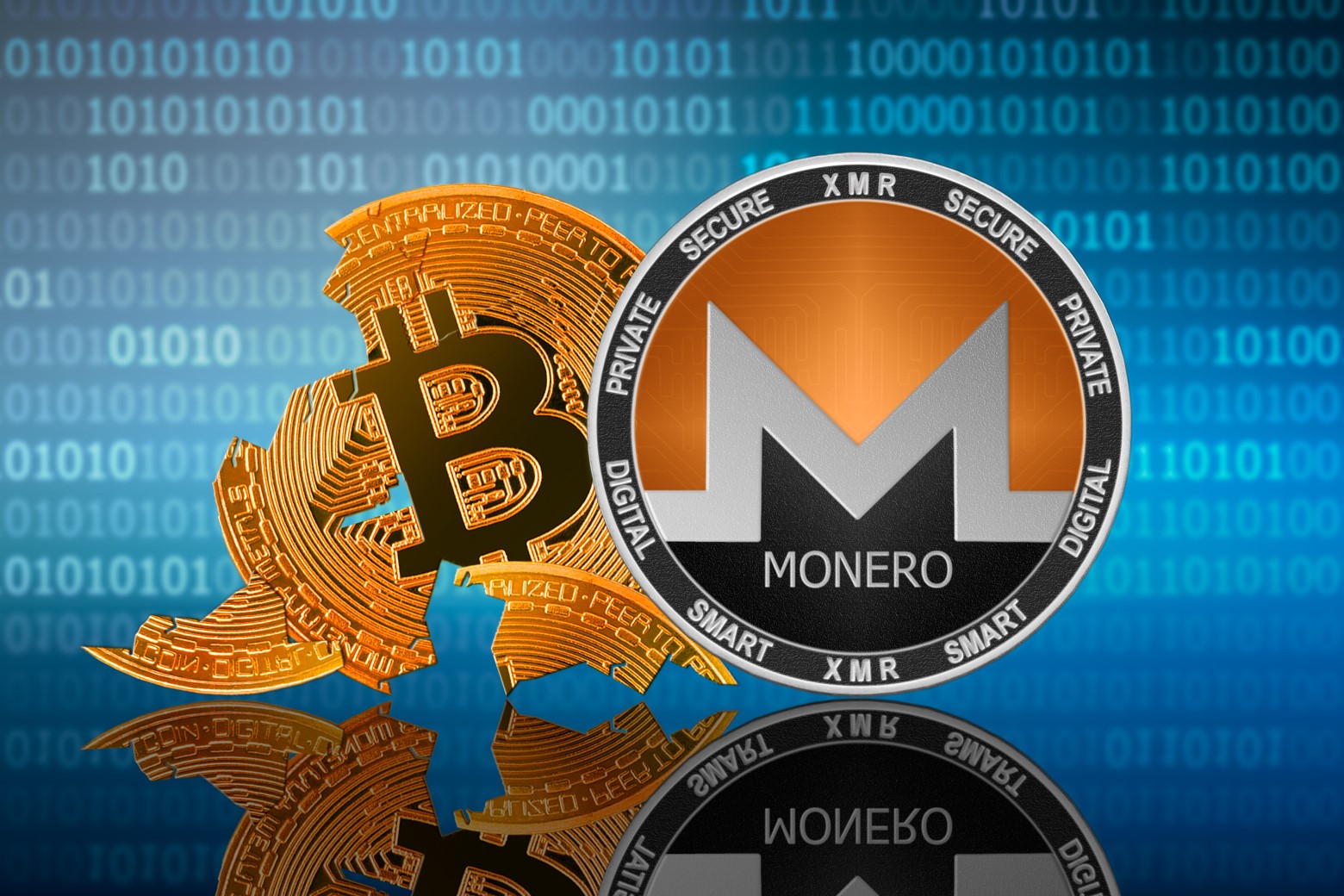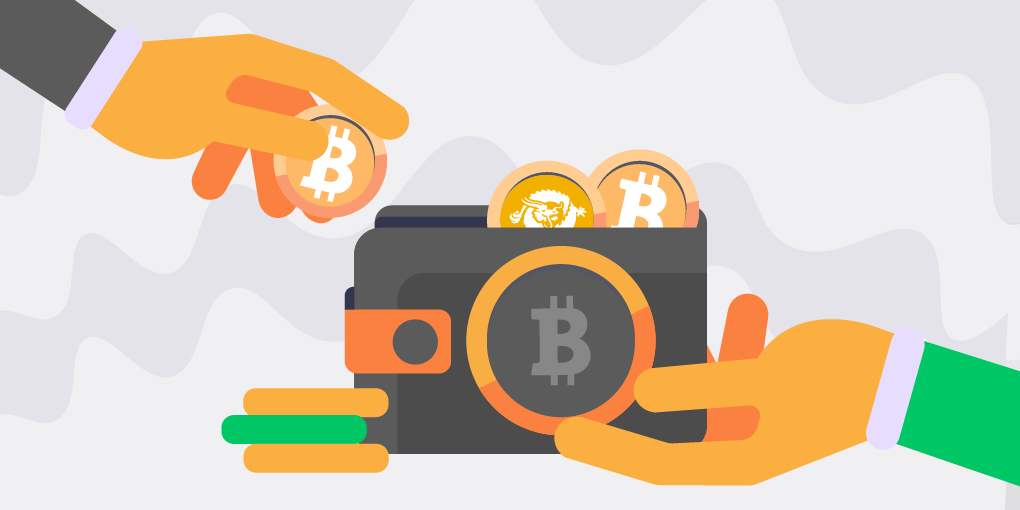
The most popular and expensive cryptocurrency is Bitcoin. It was created to compete with fiat currencies and to bring decentralization to finance.
However, other cryptocurrencies began to challenge Bitcoin and fiat currencies over time. While many of these cryptocurrencies failed, some, like Monero, became Bitcoin’s closest rivals in terms of anonymity, privacy, and security. Both Monero and Bitcoin are now the most widely used cryptocurrencies. Both share the key features of cryptocurrency.
- They are distributed
- They allow users to make anonymous transactions
- They can also be mined
- You can buy and sell them on cryptocurrency exchange platforms like LetsExchange.io.
These coins are more different than they are alike.
Privacy
Monero and Bitcoin both claim to allow private transactions. Both Bitcoin and Monero claim to allow private transactions, but the privacy level is different in each case.
The Privacy of Monero
Monero was designed to ensure 100% privacy for its users. Monero has a number of privacy features, including stealth addresses.
Steal-addresses can be used as one-time addresses. These addresses are randomly generated and cannot be linked with either the standard or previous stealth address. This means that if multiple transactions are sent over the Monero network they will appear on blockchain as separate transactions from different addresses. You can also see multiple transactions sent to your wallet by different people.
Transactions are not also tracked. Only the sender and recipient know the funds were sent.
Monero privacy is also supported by Ring Confidential Transactions (or RingCT). RingCT is a combination ring signatures with confidential transactions. These innovations are used to ensure the highest level of privacy in the Monero network.
The ring signature is used to prove ownership. They mix random funds in one transaction. It is difficult, if not impossible, to determine which funds were spent and signed off on.
Confidential transactions are based on the Pedersen Commitment, a cryptographic algorithm that prevents double spending and doesn’t allow anyone to know how many coins have been sent or received.
Bitcoin Privacy
Bitcoin transactions do not link to personal data. However, they can be linked to a particular wallet. It can be difficult to trace a wallet to someone. It is possible to track a wallet to a person by looking at transaction patterns, time zones and other relevant data.
The transparency of Bitcoin’s network is another problem. Criminals can see the amount of money in your wallet when you send funds. They might attempt to hack your wallet and steal your BTC if the amount is large. Transparency is a benefit in general, but it can also pose a risk for certain cases.
This transparency can lead to vulnerability for businesses. BTC payments are tracked by those who receive them. They can determine if the business is having issues with funds and track who else received the money from the same wallet.
Bitcoin’s privacy is therefore limited at first. This doesn’t necessarily mean that Bitcoin hasn’t done anything to increase the privacy level for transactions.
Some Bitcoin wallets allow you to create optional stealth addresses.
ZeroLink can be used by Bitcoin users to increase the privacy of their transactions, aside from stealth addresses. It mixes coins in the same way as Monero’s Ring Signatures feature. ZeroLink allows users to mix their Bitcoins on their own without the need for third-party services. This is in contrast to traditional Bitcoin mixers that require users to rely on third parties. ZeroLink does not hide transaction amounts. All transactions, addresses, amounts, and other information are stored on the blockchain. They are accessible to all blockchain users.
Fungibility
Fungibility is the ability to exchange one money unit for another. Although it may sound simple, there are many controversies surrounding the term.
Fungibility is a complex concept
USD is an example. They are fungible? They are often believed to be. But, it is not always that easy. Although you can exchange one USD for another without losing or increasing its value, they are not identical. They are serialized differently. We cannot prove that they are 100% interchangeable. They are accepted everywhere, regardless of their legitimacy.
Is Bitcoin Fungible?
Comparing two Bitcoins will show that they are different. Although they have the same value, and can be subdivided into different fractions (Satoshis), their uniqueness makes them distinct. BTC can be blacklisted if someone pays using it and they are involved in a crime. Some companies may not be willing to accept a coin that is blacklisted. We cannot guarantee that Bitcoin is 100% fungible. One “clean” bitcoin cannot be considered equal to one blacklisted bitcoin.
Monero Is Fungible
Monero protects every transaction. Because coins cannot be tracked, they cannot be linked to a particular activity. XMR coins don’t have a history. This makes Monero 100% interchangeable.
You can misuse fungibility
Criminals have been using Monero to steal privacy and fungibility. XMR is not tracked, unlike Bitcoin. XMR that is used for charity is the same as XMR that was used to purchase drugs.
Transaction Speed
When choosing which cryptocurrency to invest in, another factor to consider is transaction speed. One transaction confirmation in Monero takes approximately 2 minutes. However, before your funds are unblocked and made available for spending you must confirm the transaction 10 times. To make your funds available for spending, you will need to wait 20 minutes.
One transaction on the Bitcoin network takes around 10 minutes. To unlock the funds and make them usable for spending, you will need to confirm your transaction.
Monero transactions are much faster than Bitcoin, but Bitcoin is quicker because it takes less time to receive your funds.
Scalability
Scalability is crucial when it comes to mass adoption. Scalability refers to the network’s ability to process more transactions in a short time period when there is a need.
When Bitcoin became more popular, scaling was a major problem. The 2017 crypto-boom showed that cryptocurrency wasn’t ready for mass adoption. Both Monero as well as Bitcoin networks failed to process sufficient transactions.
Bitcoin solves the scaling issue. To increase network scaleability, many scaling solutions are in development. For Bitcoin scaling, the Lightning Network is currently the most popular. It allows users the ability to create payment channels that allow instant coin transfers. Lightning Network can be used to make micro-payments, such as coffee payments.
Monero block can be flexible. It can adjust to changes in transaction numbers. Monero does not support off-chain scaling solutions. Third-party scaling solutions could compromise the privacy of transactions. Off-chain scaling solutions are possible in the future.
When it comes to scaling, Bitcoin is more flexible than Monero and therefore, more compatible.
Mining
Both cryptocurrencies use the Proof-of Work algorithm. To mine new coins, miners must solve complicated computational puzzles. The reward goes to the first miner to solve the puzzle.
Bitcoin Mining
Bitcoin uses the SHA256 mining algorithm. It is run on devices known as application-specific integrated circuits. These devices are made specifically for mining Bitcoin, and are extremely expensive. It is very expensive and makes it difficult to get into Bitcoin mining. It is no longer possible to mine Bitcoin with CPU or GPU because of the competition from ASIC miners.
BTC mining requires a lot of energy. This is why miners flock to areas where electricity costs are lower. Your mining efforts will not pay off if you don’t have the funds to invest in ASIC rigs (having just one ASIC won’t be enough to succeed in Bitcoin mining), or if your local energy costs are high.
Monero Mining
Monero uses RandomX, a mining algorithm. It is ASIC-resistant. Monero can be mined with either a CPU or a GPU. Mining Monero today with an ordinary computer isn’t profitable, but joining a mining pool can help you get XMR mining.
Supply
Bitcoin’s maximum supply is 21,000,000, which makes it scarce. BTC is also known as “crypto-gold”. If there is a high demand, the coin’s price will rise quickly due to scarcity.
Monero is available in unlimited supply. XMR will therefore increase in value at a slower pace.
Real-World Application
Monero is a better cryptocurrency than Bitcoin, but there are still many people who use Bitcoin. Online vendors and service providers are increasingly accepting Bitcoin. The Bitcoin network has more transactions per day than the Monero network.


No Comments